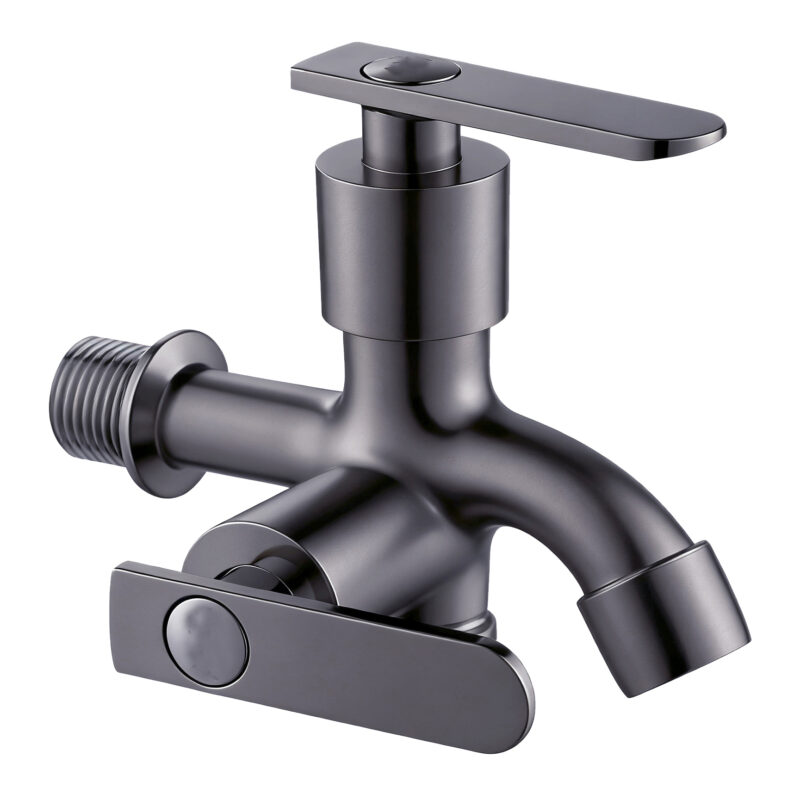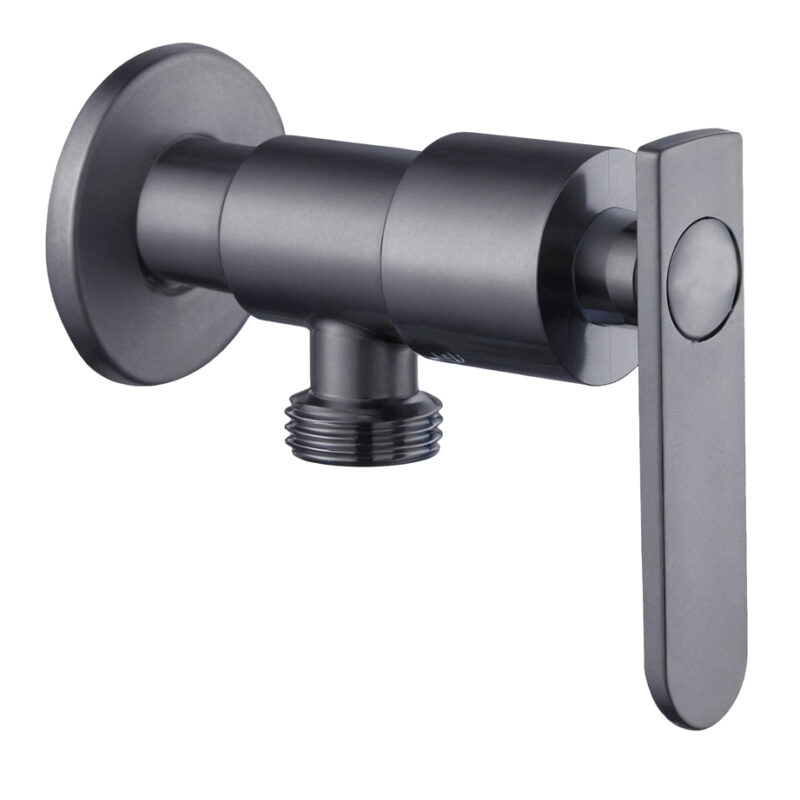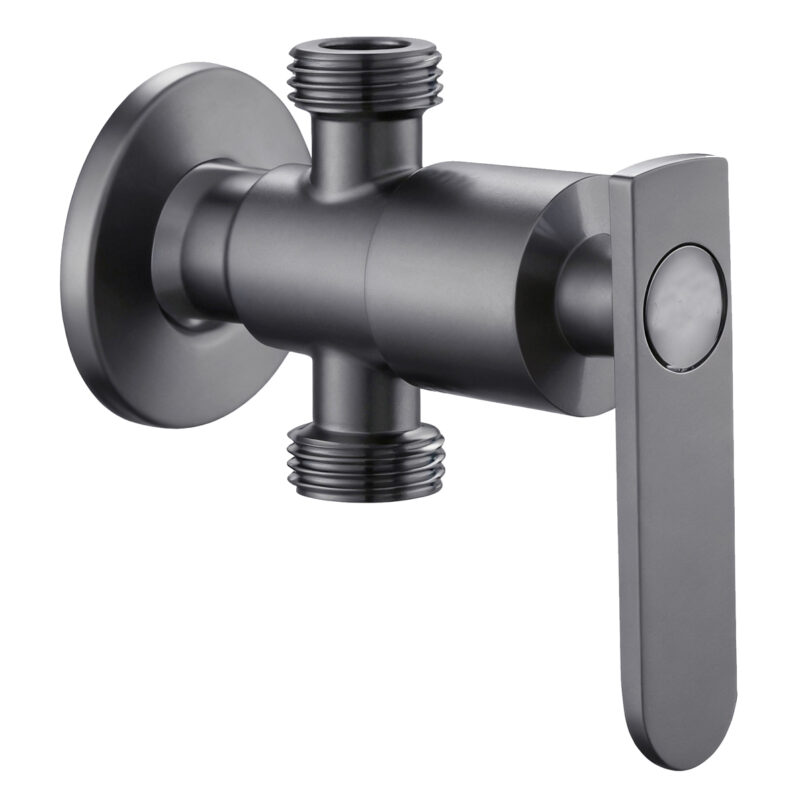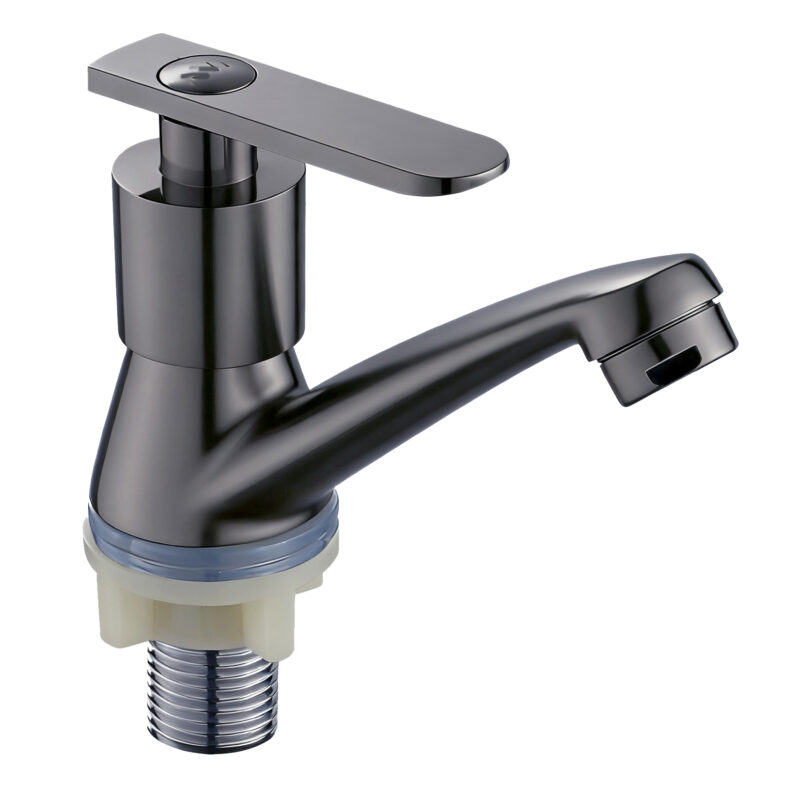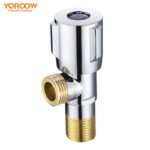1. Overview of Water Angle Valve
A water angle valve is a common water flow control valve widely used in residential and commercial water supply systems. It is designed for installation at various water pipe interfaces to ensure a secure connection and prevent leaks. With minimal maintenance requirements, the water angle valve only needs periodic inspections for flow control flexibility and sealing performance, making it highly popular in the market. Featuring a simple design, easy operation, and high cost-effectiveness, it is widely favored. Chinese faucet factories, leveraging advanced manufacturing techniques and strict quality control, produce high-quality water angle valves in large quantities and offer various specifications and material choices to cater to global market demands.
2. Installation Steps for Water Angle Valve
Before installing a water angle valve, prepare the following tools and materials:
- Water Angle Valve
- Adjustable wrench or pipe wrench
- Teflon tape or sealing glue
- Water supply pipes and fittings
(1) Turn Off the Main Water Supply Before installation, always turn off the main water supply to prevent leaks during the process.
(2) Inspect the Pipe Interface Ensure the pipe interface is clean and free of debris or damage. If needed, use sandpaper or a damp cloth to enhance sealing effectiveness.
(3) Apply Sealing Material Wrap 5-8 turns of Teflon tape evenly around the threaded connection of the water angle valve or apply an appropriate amount of sealing glue to improve the seal.
(4) Connect the Water Angle Valve Use an adjustable wrench or pipe wrench to screw the water angle valve into the pipe interface in a clockwise direction, avoiding excessive force to prevent thread damage.
(5) Connect to the Water-Using Appliance Attach the other end to a water-using appliance such as a toilet, sink, or water heater, ensuring a secure connection.
(6) Test the Installation Once installation is complete, slowly turn on the water supply and check for any leaks. If leakage occurs, adjust the sealing material or tighten the valve accordingly.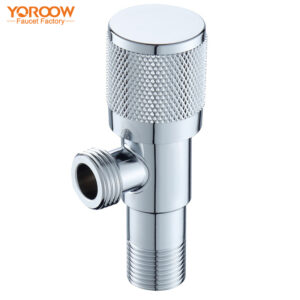
3. Maintenance and Recommendations
Regularly inspect the sealing ring of the water angle valve and replace it if signs of wear appear. Avoid excessive force when operating the handle to prevent internal damage. In cold environments, ensure proper insulation to prevent freezing and cracking.
Chinese faucet factories are committed to providing high-quality water angle valves and support OEM customization to meet various global market demands. For bulk purchases or customized solutions, feel free to contact us.

